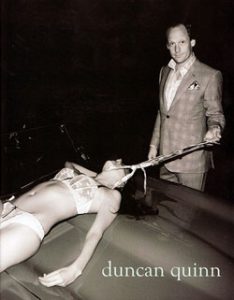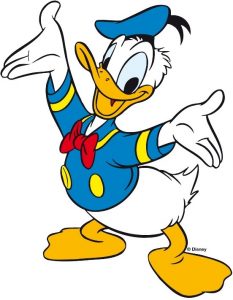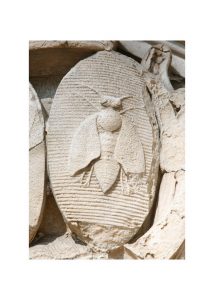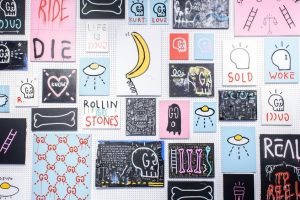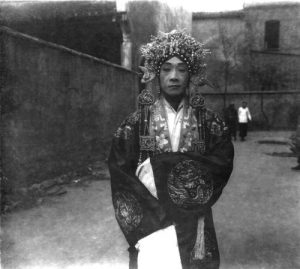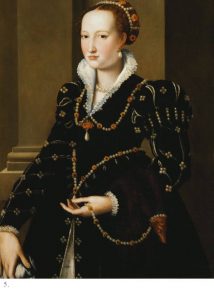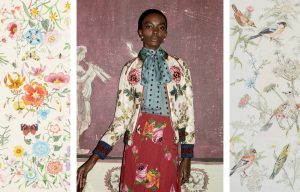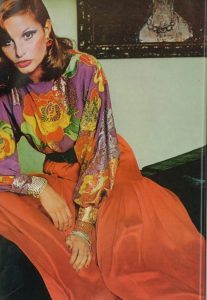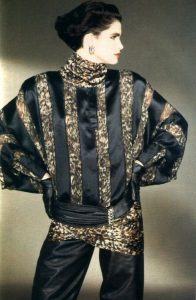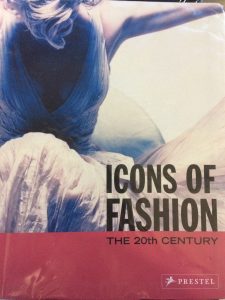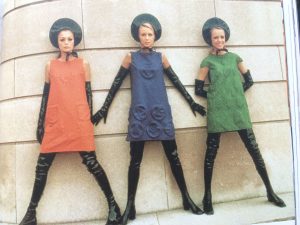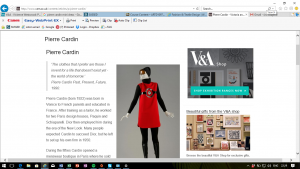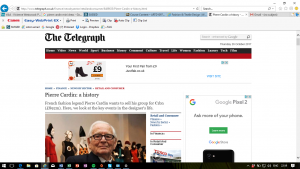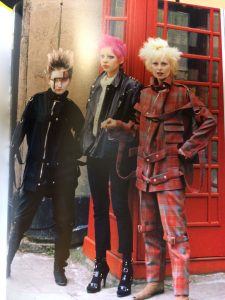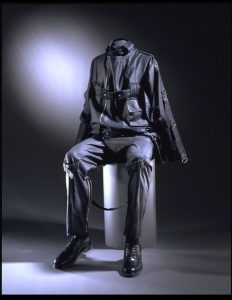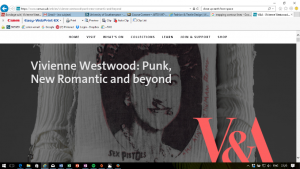Whilst completing the ‘Research and Communication Skills’ tasks, I have learnt about a variety of topics within the Fashion and Textiles industry as well as how to use different sources to help with my essay writing.
A few of the tasks involved me going to the library and finding other sources to help broaden my knowledge and back up my work. I generally found these quite challenging at times especially the ‘Reflective Writing’ task. This task required me to go out and find two other sources to critique the main article I read. I found myself wandering round the library, looking at nearly every section as I didn’t know exactly where to find relevant books. In the end, I used books I had bought with me as they related to the course and I had read them however, I had trouble locating the quotes I wanted to use so spent a lot of time flicking through the books to find them. I also found it difficult to find contrasting opinions within the different sources as most of them said similar things. A new technique I learnt was Harvard referencing, which I initially found confusing and quite time consuming as I had to keep checking which order the information went in as well as how to use it within my writing when using quotes. Another task which required multiple sources was ‘Online Resources’. This was the first task we got set where we had to find a source from a book and one online that related. I ended up restarting this task as the first time I found an image in a book from the V&A and then proceeded to find more information online from the V&A’s website which I thought wasn’t a wise use of the internet as I was technically looking at the same information. For the second time, I chose a random book and flicked through it until I found an image I liked which I found more enjoyable. However, when it came to finding an online source, I found very limited information about the image so found it hard to write about and reach the required word count. Even though the ‘Academic Integrity’ task involved me finding sources, I found it a lot easier to complete compared to the others. I think the lower word count helped a lot as I had struggled with the previous task to reach it. When completing these tasks in the future, I will make sure to plan and make notes especially when finding quotes so I don’t waste time looking through the books multiple times.
The tasks that required me to analyse an image and give my opinion I found a lot easier to complete. I enjoyed writing the ‘Ethics’ task as I found the topic really interesting so found the chosen image easy to analyse. I found finding an academic quote for this task surprisingly easy as I knew where to look for one and as it was talking about the same issue it didn’t take me too long. For the ‘Visual Research’ task, finding a designer’s inspiration was quite easy however, when I came to analyse one of the images, I found that a lot harder than I thought as I didn’t want to analyse it incorrectly. I also couldn’t find a lot of information about the artist or the painting which made it even harder for me.
Overall, I have enjoyed this module and I feel the ‘Reflective Writing’ task helped me a lot as it has taught me useful ways of finding different sources as well as ways to improve my writing. The diverse range of topics I have learnt has expanded my knowledge and understanding of the industry.

